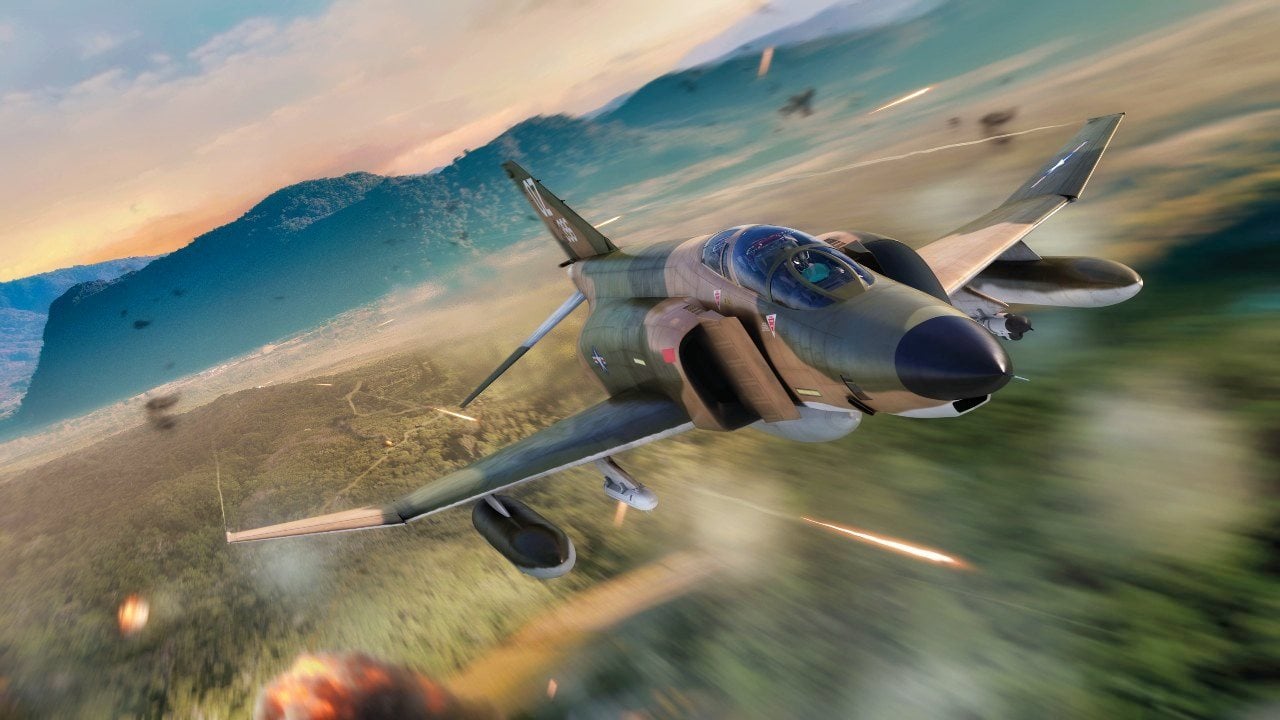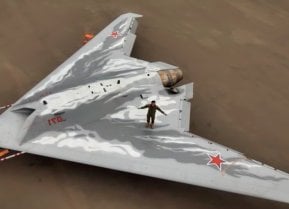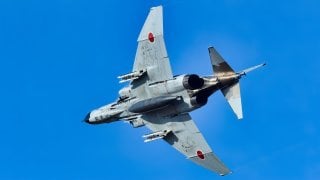5 Best U.S. Marine Corps Combat Aircraft of All-Time
While the Marine Corps has been historically content to adopt many of the same weapons systems as the U.S. Army, attack helicopters have been a notable exception.
Of all the nicknames assigned to the proud men & women of the United States Marine Corps, the one in which the Marines take the most pride is “devil dogs.” This was a direct translation of the German word Teufelhunden, bestowed by German troops during the First World War who were on the receiving ends of the Marine Corps’ ferocity in the Battle of Belleau Wood.
In keeping with that canine-themed nomenclature. Marine Corps aviators are nicknamed “airedales.” Or at least, that is what I read in a glossary of slang terms in a USMC Officer Candidate School prep guide back in 1997 — in another context, is a name given to any U.S. Navy sailor that’s a member of the aviation community.
That nitpick aside, WWII movie buffs may also associate the label “Flying Leathernecks” with Marine Corps flyers, thanks to the movie starring John Wayne and Robert Ryan.
Regardless of which nickname you choose, U.S. Marine Corps Aviation officially dates back to May 22, 1912. Through it all, five combat aircraft stand out as the best in Marine Corps aviation history.
Vought F4U Corsair
We might as well start with the most famous USMCA fighter plane of the bunch, owing much of its fame to the 1970s TV series Baa Baa Black Sheep. Though the TV show, which made me a fan of military aviation as a small child, was full of fictionalization and embellishment, the real-life exploits of the legendary Black Sheep and their leader, Maj. Gregory “Pappy” Boyington, were quite real. Pappy scored 26 out of his 28 total air-to-air kills in the Corsair and earned the Medal of Honor, while his unit — officially designated VMF-214 — used their “Whistling Death” fighters to pile up a record of 203 Imperial Japanese warplanes destroyed or damaged, generating nine fighter aces with 97 confirmed air-to-air kills, and receiving a Presidential Unit Citation for their accomplishments — the first Marine Corps fighter unit to be so honored.
It was the Corsair, along with the Grumman F6F Wildcat, that finally enabled the U.S. Navy and Marine Corps to gain air superiority against the vaunted Japanese Zero fighter.
Bell AH-1 Whiskey Cobra
While the Marine Corps has been historically content to adopt many of the same weapons systems as the U.S. Army, attack helicopters have been a notable exception. The Airedales steadfastly stuck with the Whiskey Cobra long after the Army went with the AH-64 Apache. And who could blame the Marines? The Cobras worked!
The Marines first put the Cobra into operational service in 1969 during the Vietnam War, performing interdiction along the Ho Chi Minh Trail. USMCA Cobras sank three Iranian patrol boats during Operation Praying Mantis in April 1988. But it was during Operation Desert Storm in 1991 that the Cobra had her greatest moments of glory, killing 97 of Saddam Hussein’s MBTs, 104 armored personnel carriers, and two AAA sites in exchange for zero combat losses.
USMCA finally officially retired the Cobra in October 2020. But unsurprisingly, the successor warbird, the Bell AH-1Z “Viper,” is a direct descendant that also maintains the serpentine naming tradition.
McDonnell Douglas F-4 Phantom II
This is the most legendary fighter-bomber of the Vietnam War, in U.S. Air Force, Navy,, and Marine Corps hands alike. As previously noted in my Air Force-centric articles on the Phantom, this warplane set 16 world speed and altitude records between 1959 and 1962.

Now, as for the Airedale-specific imprint on Vietnam Phantom history: There were only three air-to-air kills officially credited to Flying Leathernecks during that war, and all three were obtained in the Phantom. The only all-USMC crew to do so consisted of then-Maj.Lee T. “Bear” Lasseter and Capt. John D. Cummings, killing a MiG-21 “Fishbed” with an AIM-9 Sidewinder heat-seeking missile while flying an F-4J on Sept. 11, 1972. Prior to this, there was the USMC/USAF tandem of Captain Doyle D. Baker and 1st Lt. John D. Ryan, Jr. respectively, piloting an F-4D as they killed a MiG-17 “Fresco” on Dec. 17, 1967. And on Aug. 12, 1972, USMC Capt. Lawrence G. Richard and USN LCDR Michael J. Ettel used an F-4E to destroy a Fishbed.
Douglas SBD Dauntless
Without a doubt, this is the most successful dive bomber of all-time. It is also my favorite WWII warbird.
The SBD is, of course, best known for what it accomplished at the hands of Naval Aviators, sinking four Imperial Japanese Navy carriers during the Battle of Midway. But the Dauntlesses’ USMC war record is no short shrift either. As noted by the National Museum of the Marine Corps info page:
“The greatest contribution that the SBD made to Marine aviation history was its role in the recapture of the Philippines by the US Army. Seven squadrons of Marine Corps SBDs provided close-air support for Army troops retaking Luzon Island from the Japanese.”
North American PBJ (B-25 Mitchell)
I saved the most personal and sentimental of the bunch for last. My Dad, then-PFC Earle W. Orr, Jr., who served as an Aircraft Armorer on the PBJ with Marine Air Group (MAG 61) from 1943 to 1946.

The MAGs used them for "night heckling", anti-shipping missions or close air support of beachheads and landings. Nine different USMC squadrons used the PBJ in combat. Their use of skip-bombing techniques against Japanese vessels was particularly devastating.
In Conclusion…
Semper Fidelis, OORAH!
About the Author
Christian D. Orr is a former Air Force Security Forces officer, Federal law enforcement officer, and private military contractor (with assignments worked in Iraq, the United Arab Emirates, Kosovo, Japan, Germany, and the Pentagon). Chris holds a B.A. in International Relations from the University of Southern California (USC) and an M.A. in Intelligence Studies (concentration in Terrorism Studies) from American Military University (AMU). He has also been published in The Daily Torch and The Journal of Intelligence and Cyber Security. Last but not least, he is a Companion of the Order of the Naval Order of the United States (NOUS).
All images Creative Commons.


